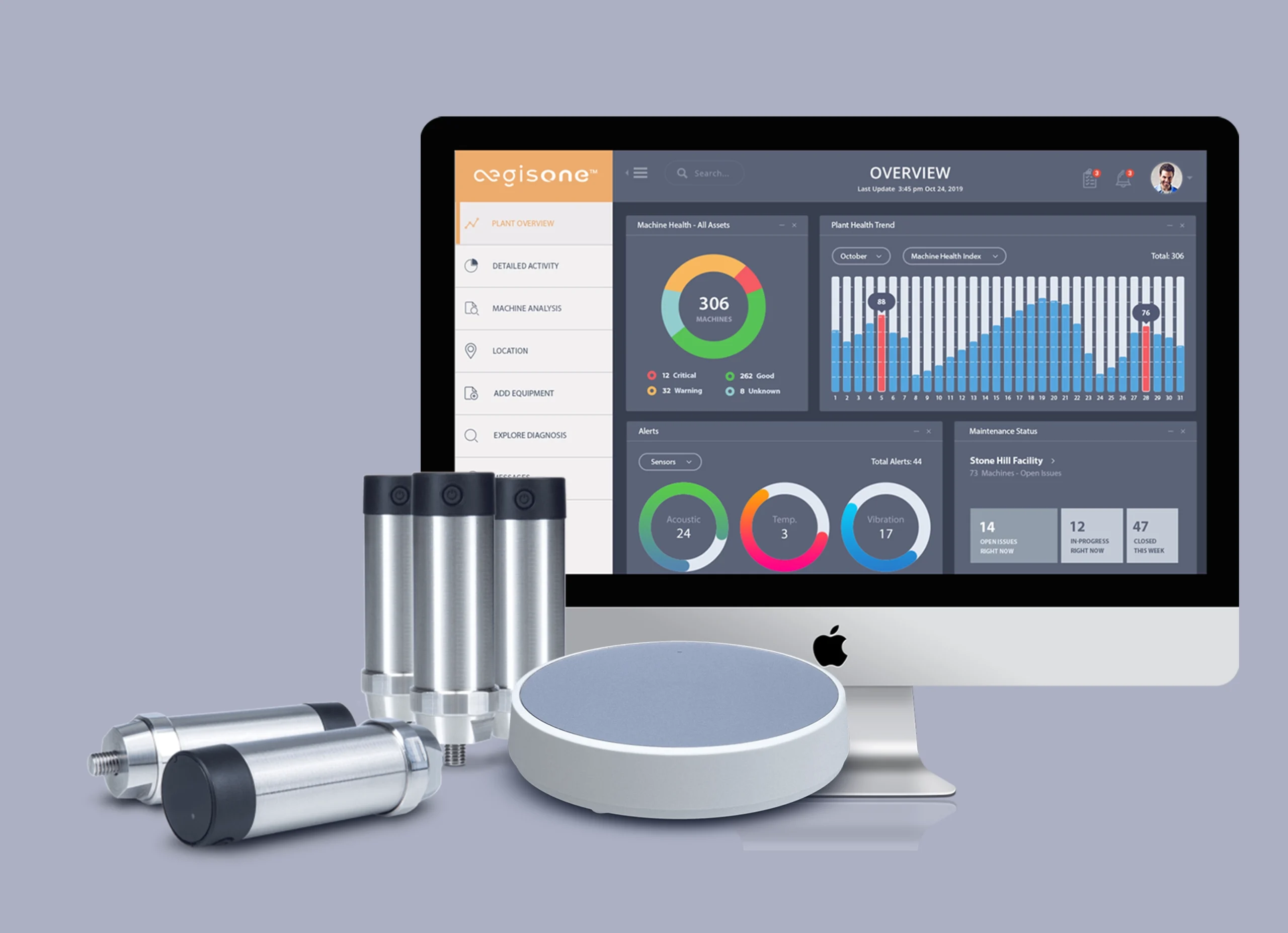Introduction
Predictive maintenance, as an advanced maintenance strategy, has gained considerable traction across industries seeking to optimize asset management and minimize operational costs. Traditionally, maintenance was performed on a predetermined schedule or reactively in response to equipment failures. This often led to inefficiencies, unexpected downtime, and escalated maintenance expenses. The advent of AI and ML technologies has ushered in a new era of predictive maintenance, enabling organizations to transition from reactive practices to proactive, data-driven strategies. In this comprehensive white paper, we explore the manifold virtues of AI and ML in predictive maintenance applications, emphasizing their capacity to revolutionize conventional maintenance paradigms and drive operational excellence.
1. Data-Driven Decision-Making
At the heart of AI and ML lies their capability to harness the power of data for making informed decisions. In the context of predictive maintenance, this ability to leverage vast volumes of data from various sources and sensors is paramount.
1.1. Condition Monitoring
AI and ML algorithms continuously monitor the health of equipment and assets by analyzing sensor data and performance metrics. These algorithms can detect subtle deviations from normal behavior, providing early warnings of potential issues that could lead to equipment failure.
1.2. Predictive Analytics
Predictive analytics, powered by ML, utilize historical data to forecast future equipment failures and maintenance needs. This enables organizations to plan maintenance activities proactively, reducing downtime and preventing costly breakdowns.
1.3. Real-time Data Processing
AI and ML can process real-time data from sensors and IoT devices, enabling organizations to monitor equipment performance and health in real-time. This real-time monitoring allows for immediate responses to emerging issues, minimizing operational disruptions.

2. Enhanced Asset Reliability
One of the most significant virtues of AI and ML in predictive maintenance is their capacity to improve asset reliability.
2.1. Predictive Failure Detection
AI and ML models analyze data patterns to predict when equipment is likely to fail. This predictive capability empowers organizations to replace or repair components before they break down, minimizing unplanned downtime.
2.2. Condition-Based Maintenance
Instead of adhering to fixed maintenance schedules, organizations can schedule maintenance based on the actual condition of equipment. This practice results in cost savings by avoiding unnecessary maintenance and extending asset lifespans.
3. Cost Efficiency
AI and ML-driven predictive maintenance strategies have a direct impact on reducing operational costs.
3.1. Reduced Labor Costs
By implementing predictive maintenance, organizations can reduce the need for emergency repairs and maintenance personnel, leading to significant labor cost savings.
3.2. Inventory Optimization
Predictive maintenance allows organizations to maintain lower levels of spare parts inventory, reducing capital tied up in spare parts and minimizing the risk of obsolete parts.
3.3. Energy Efficiency
AI and ML can optimize equipment operations for energy efficiency, resulting in lower energy consumption and reduced operational costs.
“Even if we do not talk about 5G (specifically), the security talent in general in the country is very sparse at the moment. We need to get more (security) professionals in the system”
4. Safety and Compliance
Predictive maintenance powered by AI and ML enhances safety and ensures compliance with regulations in several ways.
4.1. Accident Prevention
By preventing equipment failures and unexpected breakdowns, AI and ML contribute to a safer work environment, reducing the risk of accidents and injuries.
4.2. Compliance Reporting
AI and ML systems can provide accurate records of maintenance activities, helping organizations demonstrate compliance with industry regulations and standards.
5. Competitive Advantage
The adoption of AI and ML in predictive maintenance applications offers organizations a significant competitive advantage in the marketplace.
5.1. Increased Productivity
Less downtime, optimized maintenance schedules, and improved asset reliability translate into higher productivity, allowing organizations to meet customer demands more effectively.
5.2. Enhanced Customer Satisfaction
Reduced service interruptions and improved product quality contribute to higher customer satisfaction levels, ultimately leading to increased customer loyalty and retention.
6. Real-World Implementation
While the virtues of AI and ML in predictive maintenance are evident, successful implementation in real-world applications requires careful consideration of various factors.
6.1. Data Quality and Availability
High-quality, reliable data is fundamental to the success of AI and ML algorithms. Organizations must ensure data availability, cleanliness, and consistency to derive meaningful insights.
6.2. Model Training and Validation
The process of training and validating AI and ML models requires domain expertise and careful selection of algorithms. Model performance should be continually monitored and improved.
6.3. Integration with Existing Systems
Integrating AI and ML into existing maintenance systems and workflows can be complex. Compatibility and seamless data flow between systems are critical.
6.4. Data Security and Privacy
Organizations must address data security and privacy concerns when implementing AI and ML technologies, especially when sensitive data is involved.
7. Case Studies
To illustrate the virtues of AI and ML in predictive maintenance applications, we intend to present several case studies across various industries.
7.1. Aerospace Industry
A major aerospace manufacturer implemented AI-powered predictive maintenance, reducing unscheduled downtime by 40% and saving millions of dollars annually.
7.2. Manufacturing Sector
A leading automotive manufacturer achieved a 15% increase in equipment uptime and a 20% reduction in maintenance costs after adopting predictive maintenance powered by ML.
7.3. Energy Sector
A global energy company improved the reliability of its wind turbines, reducing maintenance costs by 25% and increasing energy production by 10% through predictive maintenance.
8. Future Trends and Outlook
As technology continues to advance, the virtues of AI and ML in predictive maintenance will only become more pronounced. Emerging trends such as edge computing, the Internet of Things (IoT), and advanced analytics will further enhance the capabilities of predictive maintenance applications.
Conclusion
In conclusion, the virtues of Artificial Intelligence and Machine Learning in predictive maintenance applications are substantial and transformative. These technologies empower organizations to make data-driven decisions, enhance asset reliability, reduce operational costs, improve safety, and gain a competitive edge. Predictive maintenance, fueled by AI and ML, is not merely a technological advancement but a strategic imperative for organizations striving to achieve operational excellence and maximize profitability while mitigating risks and minimizing downtime. The adoption and integration of AI and ML in predictive maintenance are not without challenges, but the benefits far outweigh the hurdles. As industries continue to evolve and adapt to the digital era, predictive maintenance applications powered by AI and ML are poised to play a central role in shaping the future of maintenance practices across the globe.








